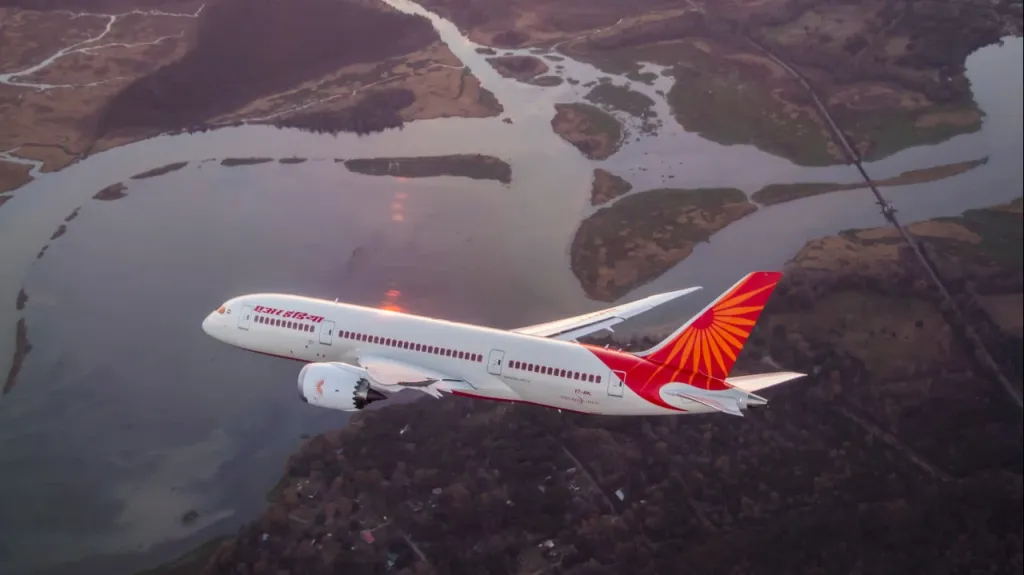The Dreamliner has its first crash with casualties. What could this mean for Boeing's flagship?
Prior to the crash in India, this Boeing model had an impeccable safety history

The crash of the Air India plane was the first crash of the Boeing 787 Dreamliner, a model produced about 15 years ago. It raises questions about the future of Boeing's most ambitious project, a long-haul airplane that airlines are now waiting years for, writes MarketWatch. Will the incident affect production and what should investors expect on the eve of one of the most important events in the industry, the Paris Air Show?
What the Dreamliner is known for
The Dreamliner is Boeing's lightest and most fuel-efficient airplane ever, featuring state-of-the-art technology and a comfortable cabin, as well as advanced flight control systems, wrote MarketWatch. It's also one of the most commercially successful projects in Boeing's history, Ernest Arvay, president of consulting firm AirInsight Group, told the publication. "It's Boeing's flagship. Given the automation, the airplane is almost capable of taking off and landing on its own," he said.
According to Jefferies, there are nearly 1,200 Boeing 787 airplanes in service worldwide, of which about 865 are in the fleets of major airlines. The Dreamliner order book stands at nearly 950 airplanes. Boeing said in May that the plane has carried more than a billion passengers in just 14 years of service, a record for a wide-body model, wrote Bloomberg.
Prior to the airplane crash in India, the Dreamliner had an "exceptionally flawless safety record," noted Jeff Guzzetti, a former senior aviation accident investigator at the U.S. Federal Aviation Administration and the U.S. National Transportation Safety Board, in a conversation with the WSJ.
"It's such a great airplane that is loved by the pilots who fly it, and it has a lot of safety features," Guzzetti said.
The model's safety record was impeccable, Arvay agrees, but reminds us that the project "had a difficult start. The 787 program was plagued by production glitches and budget overruns in its early stages. The Dreamliner did not enter service until 2011, three years late, and a year later the entire fleet was temporarily taken out of service due to battery problems.
How this will affect the Dreamliner's popularity
According to analysts, the incident is unlikely to slow down the Dreamliner program itself, writes MarketWatch. Against the backdrop of high demand for fuel-efficient airplanes and limited production capacity, airlines are willing to wait 7-8 years for deliveries.
In addition, international routes, for which the Dreamliner (as well as its competitor from Airbus) is designed, remain the most profitable business segment for air carriers.
The crash could lead to increased scrutiny of assembly and quality procedures at the Boeing plant, Edward Jones analyst Jeff Windau wrote in a note cited by Barron's. "However, at this time, we do not believe it will have a long-term impact on production," he concluded.
At the same time, the Air India disaster is likely to affect investors' perception of Boeing, especially ahead of one of the most important industry events - the Paris Air Show, which starts in the coming days. That is where the biggest orders are traditionally announced. After the crash, Boeing CEO Kelly Ortberg canceled a visit to the air show, wrote WSJ, citing a letter from a top executive to employees.
"The crash is likely to put pressure on Boeing shares in the short term and limit the potential upside typically associated with airshow week," warns RBC's Herbert.
The first Dreamliner crash
On June 12, Air India Boeing 787-8 plane failed to gain altitude after takeoff and crashed in the Indian city of Ahmedabad. With 242 people on board, only one survived. The plane crashed into a medical college dormitory, the number of casualties on the ground is being estimated. A full investigation into the cause of the crash will take up to eight months, MarketWatch writes.
